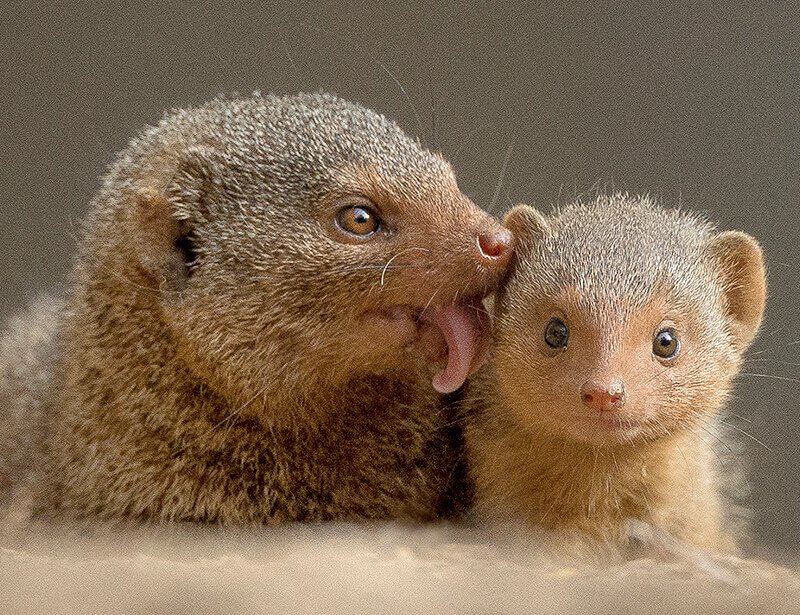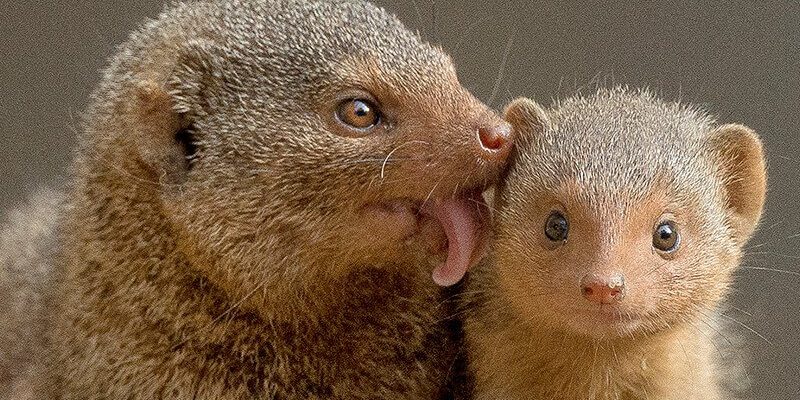
Mongooses are found in various habitats, from grasslands to forests, and they’re known for their sharp instincts and quick movements. Think of them as the ultimate opportunists. They’re not picky eaters; they will feast on insects, small mammals, birds, and even reptiles. Their hunting skills are a blend of speed, agility, and smart strategies, ensuring they can thrive in diverse environments. Let’s explore the specifics of their diet and what goes on during their thrilling hunting escapades.
The Diet of the Mongoose
Mongooses have a varied diet, which is one of the reasons they thrive in different habitats. Their omnivorous nature allows them to consume a wide range of foods. They mainly munch on:
- Insects: This is their staple diet, as they can find plenty of ants, beetles, and grasshoppers.
- Small mammals: Mongooses aren’t above catching tiny rodents when the opportunity arises.
- Birds and their eggs: They’re quick and stealthy, making them adept at raiding nests.
- Reptiles: Now, here’s where they get their reputation—mongooses can take on snakes and other reptiles with cunning tactics.
You might be wondering how they can be so versatile. Well, because mongooses have evolved to live in various environments, they’ve developed a keen sense of adaptability when it comes to food. They can switch their diets based on what’s available, which is a huge advantage in the wild.
How Mongooses Find Food
Mongooses rely heavily on their acute senses, especially their hearing and smell, to locate prey. They often hunt in groups, which can be a major advantage when tracking down food. Imagine a bunch of friends going out for dinner—together, they can cover more ground and increase their chances of finding the best spots.
When they’re out hunting, you’ll notice that mongooses are quick and agile. They can dart in and out of dense foliage, using their small size to stay hidden until it’s time to pounce. This stealthy approach helps them get close to their prey without being detected, ensuring a successful hunt.
Hunting Strategies of the Mongoose
The way mongooses hunt is nothing short of fascinating. They’ve got a few tricks up their sleeves that make them efficient predators. For starters, they’re known for their agility and speed. When they spot their prey, they can move incredibly fast, making it hard for their targets to escape.
One of their most famous hunting methods is their ability to deal with snakes. Mongooses have a natural resistance to snake venom, which allows them to engage in combat with these slithery foes. They’ll often dart around, trying to outmaneuver the snake, and wait for the right moment to strike.
Cooperative Hunting
Many species of mongooses, like the meerkat, hunt together in groups. This cooperative hunting strategy is impressive. Imagine a well-coordinated team working together to take down a meal. When hunting in packs, they can distract and confuse their prey, making it easier for one individual to make the catch.
By working as a team, mongooses can take down larger prey that would be difficult for a single animal to handle. This also allows them to share knowledge about food sources and safe hunting grounds, which is beneficial for their survival.
Adaptations for Hunting
Mongooses are equipped with an array of adaptations that enhance their hunting capabilities. One important trait is their sharp teeth and claws, which are perfect for catching and holding onto slippery prey. Their sharp eyesight allows them to spot movement from a distance, which is critical for locating food in dense vegetation.
Moreover, mongooses are incredibly curious creatures. Their inquisitive nature often leads them to explore new areas, which can expose them to new food sources. This curiosity isn’t just for lunch; it also keeps them aware of potential threats in their environment.
Communication and Hunting Success
The way mongooses communicate plays a vital role in their hunting success. They use a range of vocalizations, body language, and even scents to convey information to each other. For instance, if one mongoose spots prey, it will make a specific call to alert others in the group.
This form of communication is essential for coordinating group hunts. By signaling danger or the presence of food, mongooses ensure that everyone is on the same page, making them more effective hunters.
Mongooses and Ecosystem Balance
You might not realize it, but mongooses play an important role in their ecosystems. By controlling populations of pests, such as rodents and insects, they help maintain a balance in their habitats. This natural pest control can benefit agriculture and reduce the spread of diseases carried by these pests.
Moreover, as both predator and prey, mongooses contribute to the food web. They provide a food source for larger predators while keeping the populations of their prey in check. This delicate balance highlights the interconnectedness of wildlife and the importance of each species in its ecosystem.
Mongooses as Pest Control
In some regions, mongooses have been introduced as a form of pest control. They are effective at reducing the populations of rats and other small mammals. However, this practice can have unintended consequences, such as disrupting local ecosystems or leading to declines in native species. It’s a classic example of how introducing a new species can create ripple effects in nature.
While mongooses are natural pest controllers, it’s essential to approach their introduction with caution and consider the long-term impact on local wildlife.
The diet and hunting strategies of the mongoose are incredible examples of nature’s adaptability and ingenuity. By being versatile eaters and employing clever hunting techniques, mongooses have thrived in various environments around the world. They rely on their senses, agility, and cooperative behaviors to survive and thrive.
Remember, these small mammals are significant players in their ecosystems. They help balance populations and control pests, showcasing the importance of every species in maintaining a healthy environment. Next time you hear about mongooses, you can appreciate their role not just as fearless hunters but as vital components of our natural world.

